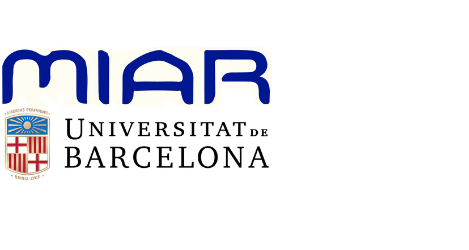RETRATAMENTO ORTODÔNTICO EM PACIENTE COM AGENESIA DE INCISIVO LATERAL SUPERIOR
Resumo
O termo agenesia dentária, se refere à ausência congênita
de um ou mais dentes no arco dentário, causada geralmente
por falha na proliferação e/ou diferenciação da lâmina
dental, durante a formação dos dentes. Dessa forma, a
agenesia pode causar extremo incômodo aos pacientes que
são acometidos por ela, devido à falha estética que ela provoca,
principalmente quando envolve dentes anteriores. As
principais opções para o tratamento ortodôntico de pacientes
que possuem agenesia de incisivos laterais superiores
permanentes são: a abertura do espaço do elemento faltante,
que será substituído proteticamente, ou, o fechamento
do espaço dentário, colocando o canino superior em posição
atípica. As indicações, contraindicações, vantagens, desvantagens
e limitações sobre cada uma das opções de tratamento
são particulares à cada caso clínico. Neste trabalho,
abordaremos a descrição de fatores que irão auxiliar o cirurgião
dentista a definir a melhor conduta entre abrir ou
manter os espaços para futura reabilitação protética, bem
como a mecânica ortodôntica empregada para cada caso
segundo a literatura, e, ilustraremos um caso clínico de
retratamento ortodôntico, com agenesia dentária. Neste
caso apresentado, a paciente foi erroneamente submetida a
mecânicas ortodônticas equivocadas, obtendo o sucesso
apenas quando o caso clínico foi replanejado e reconduzido
por um novo profissional, e, serve de alerta para a necessidade
de um planejamento seguro e justo à real necessidade
do caso.
Downloads
Downloads
Publicado
Como Citar
Edição
Seção
Licença
Declaro/amos que o texto ora submetido é original, de autoria própria e não infringe qualquer tipo de direitos de terceiros. O conteúdo é de minha/nossa total responsabilidade. Possíveis pesquisas envolvendo animais e/ou seres humanos estão de acordo com a Resolução 196/96 do Conselho Nacional de Saúde e seus complementos. Declaro/amos que estou/amos de posse do consentimento por escrito de pacientes e que a pesquisa e seus procedimentos foram oportunos e adequadamente aprovados pelo Comitê de Ética da instituição de origem. Declaramos ainda que todas as afiliações institucionais e todas as fontes de apoio financeiro ao trabalho estão devidamente informadas. Certifico/amos que não há nenhum interesse comercial ou associativo que represente conflito de interesse relacionado ao trabalho submetido. Havendo interesse comercial, além do técnico e acadêmico, na publicação do artigo a informação estará superficializada no texto do artigo.








































